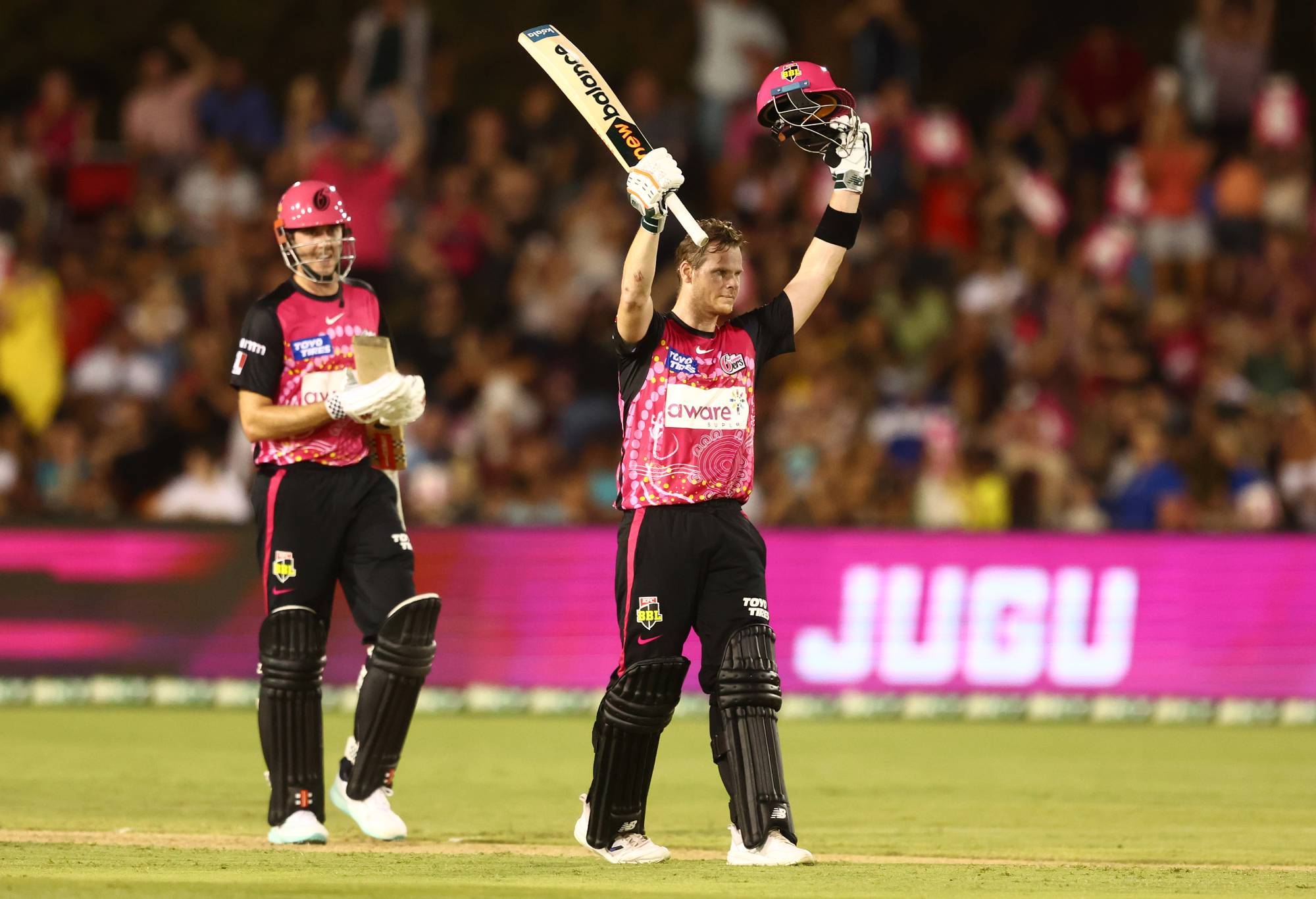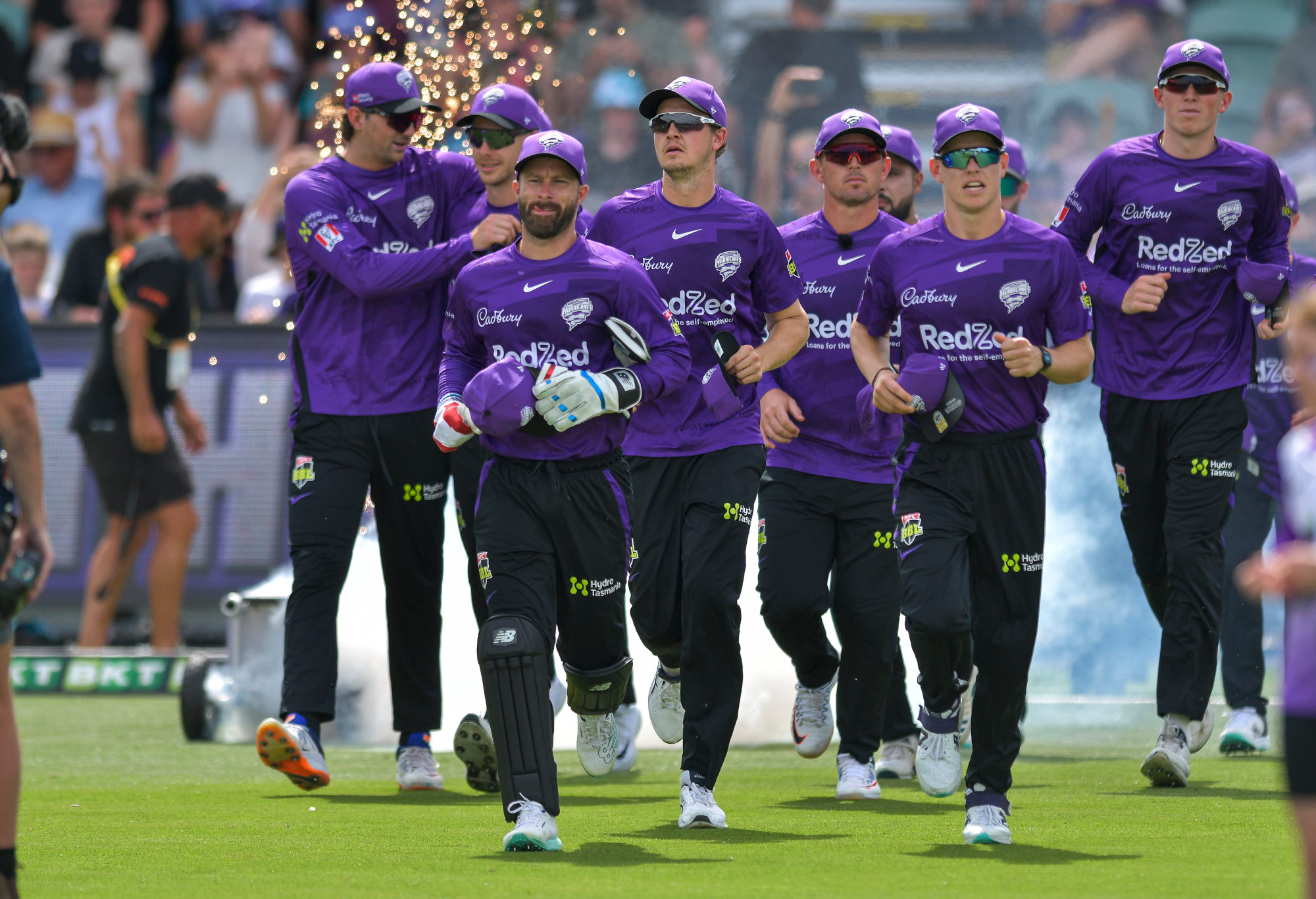Calamitous miss as Lucknow botch near certain run out with the game on the line
With Rajasthan needing 25 off 17, both batsmen ended up at the same end but the bowler dropped the throw from his teammate -…
Opinion
The latest edition of the Big Bash League, BBL13, has been a resounding success, with improved TV ratings on both Channel 7 and Fox Cricket and consistently big crowds across the country.
Adelaide Strikers captain Matt Short has dominated with the bat, striking at over 150 and averaging more than 70 runs per match. Brisbane Heat’s Xavier Bartlett and the Strikers’ Jamie Overton will finish the regular season with 16 wickets apiece and the four BBL finalists are the Heat, Perth Scorchers, Sydney Sixers, and Strikers.
The reduced number of games – each team playing 10 times, compared to the 14 matches in BBL12, has helped minimise audience fatigue and increased the stakes for each game, especially with a number of games affected by rain.
Fox Cricket’s international commentators such as Pakistani great Wasim Akram and Indian commentating legend Harsha Bogle have all commented on the value of the Power Surge (introduced in BBL10), while other past additions like the ‘X-factor player’ and ‘Bash Boost’ have been consigned to history.

Perth Scorchers’ Ashton Turner plays a cut shot. (Photo by Paul Kane/Getty Images)
These changes to the rules continue to demonstrate the BBL’s willingness to try new things, innovate, and learn from mistakes.
With the BBL’s spirit of innovation in mind, here are five potential modifications and improvements that could increase the excitement and entertainment level of the competition, while also helping to smooth out play.
During BBL12 Fox Cricket commentator Mark Howard was lamenting the fact Nathan Coulter-Nile had taken two wickets of the final two balls of his fourth and final over. Pleading with co-commentator Aaron Finch – who was having none of it – Howard asked if Coulter-Nile should be allowed to bowl one ball of someone else’s over to try and complete the hat-trick.
Finch was merciless in response: “No. No. Not for a second!” As Howard recently remarked, “Ten years I’ve been doing this. I’ve offered one opinion, and that was it, which is disappointing.”
I think Howard is on to something though – for the entertainment of the game, of course.
Modification: If a bowler gets two wickets off the final two balls of their final over, they will be granted an extra delivery to try take the wicket. Said extra delivery will be taken out of another bowler’s over.
The issue with writing articles such as these is that it takes time, time during which, apparently, former Australian cricketers can write their own column somewhere with one of my ideas.

Players at the 2023-24 Big Bash League season launch in December 2023. (Photo by Mark Metcalfe/Getty Images for Cricket Australia)
In a recent column for ESPNCricinfo, Ian Chappell sought to solve what he described as the “tardy” and “abysmal” pace of Test cricket. Amongst his litany of complaints, most of which don’t bear comment, Chappell asked; “Why aren’t boundaries signalled only for balls that hit the rope rather than allowing pointless replays that look at the whereabouts of a fielder’s feet or hands?.”
The Big Bash and other T20 leagues offer a prime playground for testing changes to traditional cricketing laws, and the rules around what constitutes a four or six could do with a shake-up. Such a change could, as Chappell suggests, also help increase the pace of the game.
Modification: The ball must come into direct contact with the rope/Toblerone to be considered a boundary (that is, contact by the player with both the boundary and the ball at the same time does not count as a boundary). This has never made sense, as contact with a player does not magically transmute the ball’s position onto the rope, except in the written laws of the game.
Similarly, the ball must not obviously traverse the imaginary upright of the boundary line to be considered a six. Tossing the ball up inside the rope so as to ensure the catcher does not step outside the rope is fine, but no jumping off the ground when over the line, aka Michael Neser in BBL12.
I’m willing to accept no one is going to agree with me on this one – I barely agree with myself. But I have always hated when, in T20 matches, a player gets out first ball – especially if it is the first ball of an innings (say, for example, when Steve Smith skies one in what could be his only game of the season).
Modification: A player who is given out off their first ball can be subbed back into the batting lineup at the expense of one or two players.
This one is all about the Big Bash, international-level players, and the entertainment value of the game. I’m not looking for this change to impact literally any other part of cricket.
But imagine, if you will, the Sydney Smash on January 12. Steve Smith has holed out for a golden duck off the first ball of the Sixers’ innings, but instead of the crowd missing out on getting to watch Smith bat, the Sixers are given the chance to substitute Smith in for two players during the second half of the innings.
Imagine the potential for drama and excitement: Which two players will be subbed out? When would the Sixers make the final call on the sub? Can the Sixers risk losing two batters for the sake of giving Smith a second chance?
The entire point of T20 was that people wanted a shorter form of the game. Why, then, do we continue to insist that an over is lost after every 4 minutes of a delay – be it bad light or rain?

Steve Smith celebrates his century in Coffs Harbour during BBL12. (Photo by Chris Hyde/Getty Images)
Sure, maybe families don’t want to be out too late, but an extra half an hour on the back end of the game won’t be the end of the world to guarantee all 40 overs are bowled.
Modification: No going off for bad light – we have lights. If there remain concerns about seeing the ball, then use a pink ball for the entire BBL moving forward.
Rain delays should also be minimised wherever possible. Keep playing if both teams agree. Use one half of the pitch if necessary. Bring out a pop-up gazebo! Something to keep the play going!
If, after all that, play is still held up, overs start to be lost only after 30 minutes, with an extra half hour of play available for both innings.
So far, my suggestions have more to do with the entertainment level and pace of play. However, my final suggestion is an idea I believe has merit for the wider game of cricket, as well as local entertainment value.
Currently, the BBL rules state that “Each team can field a maximum of three overseas players in their XI for Big Bash matches” and that “each club must pick at least two players in the draft.” The purpose of these rules is to meet “the League’s objective to get the world’s best T20 players into the tournament.”
This is all good and well and no problem. In my opinion, it ensures the very best in the world play with the very best in Australia.
Cricket Australia could do more, however, and better.

The Hobart Hurricanes take to the field. (Photo by Simon Sturzaker/Getty Images)
Using Australia’s privileged position as one of the three richest and oldest cricketing nations in the world alongside England and India, my proposal is that each Big Bash club is required to recruit at least one player from the ICC’s “Associate member” countries.
This player would still be considered an overseas player in terms of a playing XI but would be guaranteed a minimum of three matches over the season.
This might seem token and unnecessary – and of course, that’s exactly what it is. But that doesn’t make the idea any less viable. Such a rule would, hopefully, create opportunities for smaller cricketing nations – countries like the United States, Netherlands, Scotland, Nepal, etc… to send a player to participate in the whole BBL season, benefiting from the higher level of play, training and competition; experience from Australian coaches and teams; and relationships and learning from the world’s best cricketers.
Such a system would, hopefully, serve to level up the cricketing teams and systems of smaller cricketing nations who don’t have the resources and experience of the major cricketing countries.
Such experience could only serve to further help cricket around the world, helping to solidify the future of cricket everywhere.